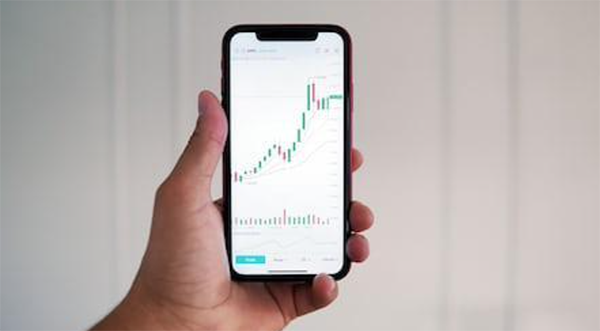Long vs. Short Trades: Which Should You Use?
By Space Coast Daily // December 22, 2022

Trades intending to profit from a security’s price increase are called long trades. They are also known as “long” positions. Conversely, short trades are designed to benefit from price decreases and are often referred to as “shorting” the security in question.
To determine which type of trade is best for you, it is important to consider your risk tolerance and trading strategy, check the TBR, and define your overall portfolio goals. Long trades are relatively straightforward and don’t involve a tremendous amount of risk, as the trader is only investing in the security with the expectation that it will increase in value.
This type is often recommended for those just starting out with investing, as there is a lower risk of loss.
What’s the Difference Between Long and Short Trades?
Long trades involve buying a security and then selling it at a higher price, resulting in a profit for the trader. Short ones are the opposite: traders can borrow the security, sell it at the current market price, wait for the price to decrease, and then buy back the same amount of shares at a lower price, pocketing the difference.
Short trades are considered more advanced and involve higher risk than long ones. The potential reward is also higher as traders can profit from both rising and falling prices. The downside is that they require the trader to be able to predict when securities will decline in order to make money.
How To Complete the Trade?
Regardless of whether you are engaging in a long or short trade, the process is relatively simple.
1. First, you must identify the security that you are interested in and determine the number of shares that you would like to purchase/sell.
2. Then, set your entry and exit points according to your strategy and risk tolerance.
3. Once these conditions are met, you can place your order.
4. When the order is filled, you will have successfully completed your trade.
How To Profit from Long and Short Trades
Once the process is complete, the trader will then monitor their position to determine whether they should keep it open or close it out. If a trader has a long position, they will be looking for the security’s value to increase, while short traders will be looking for prices to decrease. Once either of these conditions is met, the person can close their position and realize a profit.
It is important to remember that both of these types come with risks as well as rewards. Experienced users will employ a variety of strategies and risk management techniques in order to maximize profits while minimizing losses. It is also essential to do your research before engaging in investments, as even the most experienced traders can come out on the losing end if they don’t understand the market.
By taking the time to understand the differences between long and short trades, as well as how to execute them, you can better equip yourself with the knowledge and skills you need to succeed in the stock market.

Possible Risks and Rewards
Trading in the stock market carries a certain degree of risk and reward. There is no foolproof trading strategy, so you must accept that you may lose money at any time. One must remember that the greater the rewards, the higher the risks. As such, it is essential to manage these risks by creating a well-diversified portfolio and utilizing proper risk management techniques.
Additionally, it is prudent to maintain a strict stop-loss policy to limit losses in the event of an unexpected downturn. By understanding all the possible outcomes, you can make more informed decisions when it comes to investing in the stock market.
Final Words
Ultimately, it is up to individual traders to decide which type of trading they prefer. Long trades may seem less exciting, but they are generally considered safer and can be a great way for new investors to get their feet wet.
Short trades, on the other hand, involve higher risk but offer a chance to capitalize on both rising and falling prices. By researching the markets, honing your strategy, and managing risk, you can maximize your potential profits from any type of trade.












